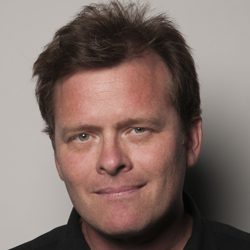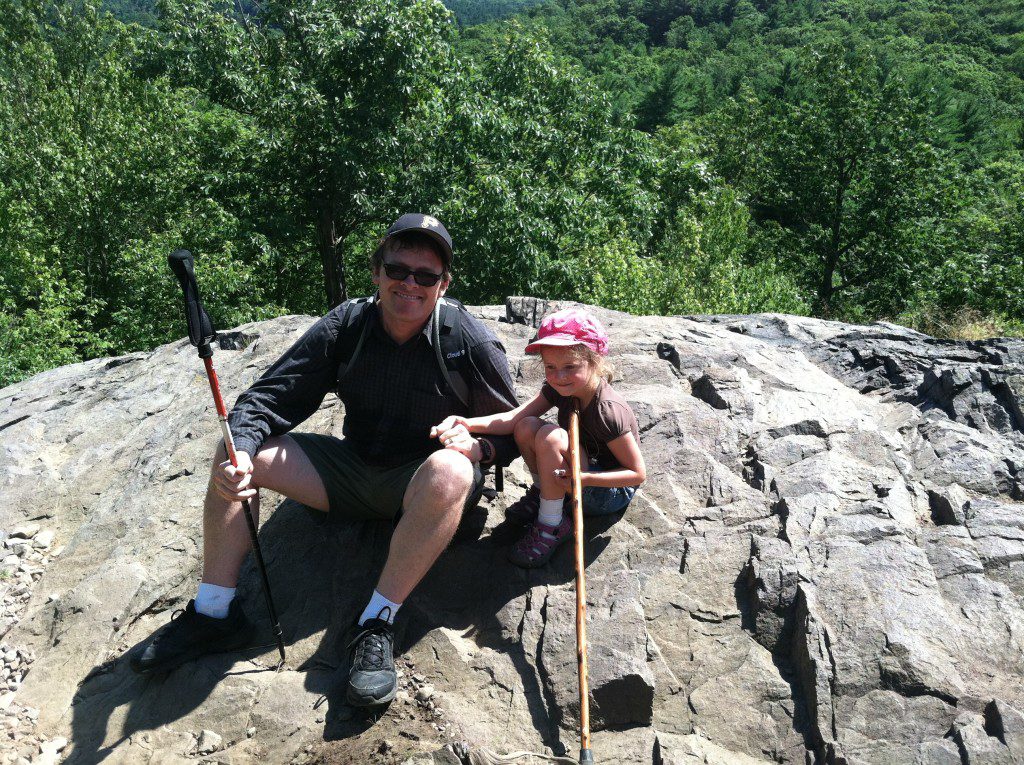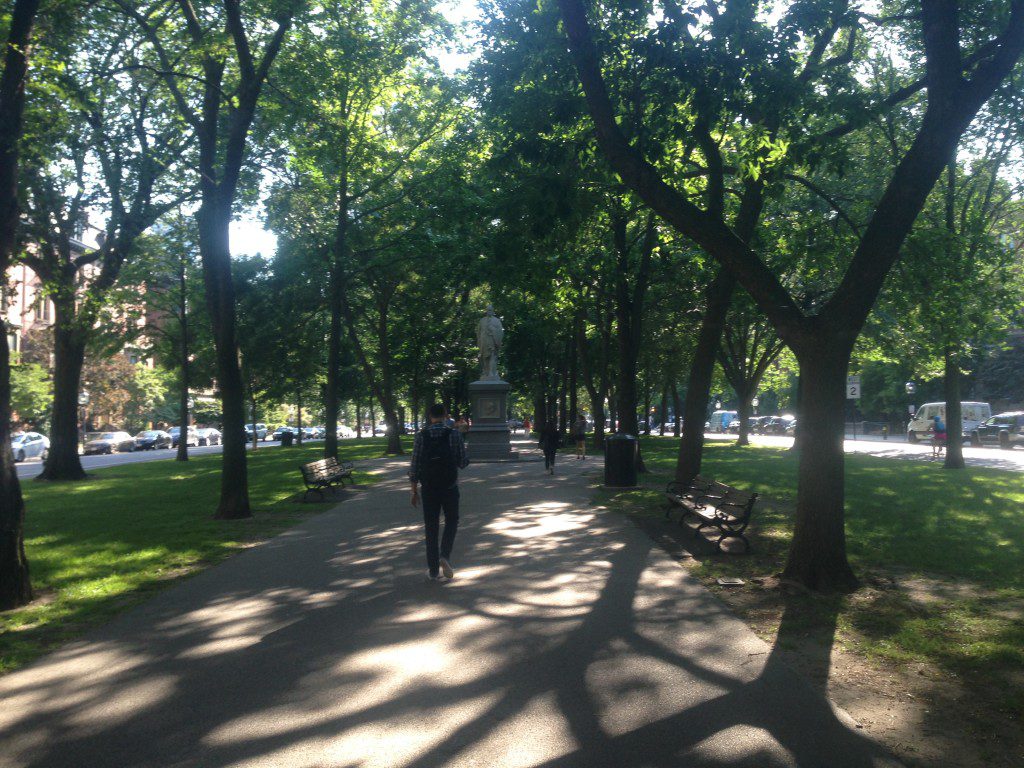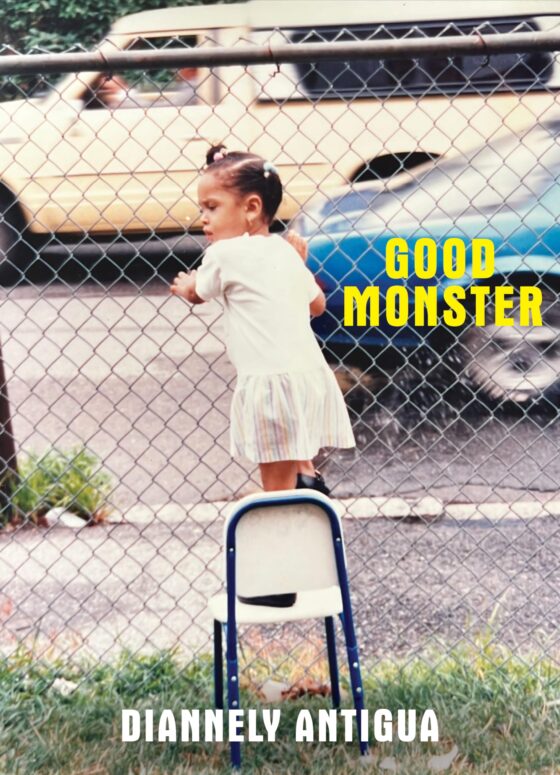
Since I started out wrong-headedly, not sure if there really was a difference between poetry and philosophy, which there sure is, I will say there is a connection between walking, movement, and the actions of consciousness for many philosophers and poets, whose true subject—or better, grounds for subjects—is consciousness. Probably the greatest influence on me as an artist besides my wife Sabrina is that I never drove a car until I was in my mid-thirties, right before my daughter was born. The places I’ve lived—the Bronx, Boston, North Carolina, and Pittsburgh—I’ve experienced on my feet. I guess the other thing is I waited tables until I was almost thirty. It gave me a feeling for “the spread.” At Fordham, I majored in philosophy, walking, and reading poetry, mostly on my own. They whacked us around with a lot of Aristotle and Aquinas there, so these activities all more or less seemed like various sides of the same experience. The peripatetic everything in the senses.
W.H. Auden writes a form of walking poem that seems somewhat formalized and pedantic in some respects but also jaunty and cosmopolitan. His poems circle back to their beginnings, just as he seems to circle back to his apartment at the end of “A Walk After Dark,” which doesn’t contain any real imagery at all. His famous ballad, however, which contains plenty of concrete stylized and even borrowed stuff, begins:
As I walked out one evening,
Walking down Bristol Street,
The crowds upon the pavement
Were fields of harvest wheat.
 Many ballads are accounts of walks, realistic or fabulous. “As I walked out…” “As I went down to Galway town…” “As you came from the holy land/ Of Walsingham…” I want to write a ballad. How do I begin this thing? Answer the question, “O where have you been, my blue-eyed son?”
Many ballads are accounts of walks, realistic or fabulous. “As I walked out…” “As I went down to Galway town…” “As you came from the holy land/ Of Walsingham…” I want to write a ballad. How do I begin this thing? Answer the question, “O where have you been, my blue-eyed son?”
There must be several genres of poems that are walks. One genre might be the circular walk which begin and end like a walk around the block in the same place or even the same line, such as Lorca’s “Back from a Walk,” the first poem in Poet in New York. Another might be the walk that ends at a desired end. And then there are the poems that end in completely unforeseen places. At the end of “Song of Myself,” Whitman tells us to look for him in the dust under our boot-soles. Where is he?
*
Walks are things in time. This puts them in the world of music, movies, and narrative rather than in the world of static perception. It’s natural that early, satirical and novelistic Eliot imagines a character walking through a city as a way of conceiving time.
Walks have a plot. They begin and end. That they contain so much variety and yet have a form is endlessly surprising, and inspiring.
A friend of mine, Gregory Lawless, describes reading a poem as like watching a parade. I think writing a poem is sometimes like being in a parade and making a movie of the things the parade passes. Only if there was nobody watching the parade, and maybe I was the only person in it. And there is another parade in my head.
The ultimate poet of the largely internal parade is Wallace Stevens. I wonder if it is true that he composed many poems in his head while working to work at the insurance company and then dictated them to his secretary.
A long time you have been making the trip
From Havre to Hartford, Master Soleil,
Bringing the lights of Norway and all that.A long time the ocean has come with you,
Shaking the water off, like a poodle,
That splatters incessant thousands of drops,Each drop a petty tricolor. For this,
The aunts in Pasadena, remembering,
Abhor the plaster of the western horses,Souvenirs of museums. But, Master, there are
Lights masculine and lights feminine.
What is this purple, this parasol,This stage-light of the Opera?
It is like a region full of intonings.
It is Hartford seen in a purple light.
I like to think of Stevens walking from his residential neighborhood, past the beaux-arts museum and seeing the towers of insurance, and the white castle spires of the Connecticut State House, goofing along with his own internal gait. In “The Noble Rider and the Sound of Words,” the overall sense of things is that imagination is at play with the things of the world, that there is a lot of back and forth.
*
As you walk, you become intensely aware in two directions. There is the outer world, and there is your head space. It is not necessary or possible really to keep strict focus on one or the other. They blend together. This seems related to the way we conceive a metaphor or a simile. One thing presents itself to the mind and another thing from somewhere else presents itself as blended in kinship.
As thoughts occur one after another, so do visual impressions. Imagination is not just voice, but an image-making capacity. Thoreau recommends that we saunter. For him, the word suggests “sainte terre,” holy land. A walker is a pilgrim, on a journey, a holy lander like the author of Piers Plowman or Sir Walter Raleigh with his scallop-shell. And the word saunter also suggests an older and more leisurely speed. You can look around and see multiple angles at the same time. A poet of driving and walking, William Carlos Williams says that the only way to see anything is to walk. I doubt he was a very aggressive driver, the way he slows up on the road to the contagious hospital, or maybe he was getting to be one around the time he wrote Spring and All.
One of the novelties of walking in the city is that you don’t just have to walk. You can also take busses and ride subways and commuter rails, or even ride public boats. City driving in a place like Boston, where there are not many super highways and the roads are old and cluttered, is nice to me. It is a form of fast walking.
*
Walking is cardiovascular and bodily and does good things in the brain. Charles Olson, Williams, Ginsberg, and Kerouac are among the many mid-century poets who locate the genesis of the poetic line in the breath. If you think of a line as being both psychological and cardiovascular and are not too literal minded—if you consider that breath is related to heart function—and a line in English is made of stressed and unstressed syllables—it has something like a pulse in it, and there are a number of impressions that arise in a temporal sequence—nouns, images, sensations—then every poem has as its model a walk from one place to another. Pinsky has an improbable and charming description of a poem as a column of air. Perfect, you cannot lean too heavily on it.
 Somewhere—The ABC of Reading, I think—Ezra Pound says that poetry dies when it gets too far from music and music dies when it gets too far away from the dance. We might go to a theater or a practice room and watch a choreographer block out the movements for a number. The dancers are just walking from place to place before anything else happens.
Somewhere—The ABC of Reading, I think—Ezra Pound says that poetry dies when it gets too far from music and music dies when it gets too far away from the dance. We might go to a theater or a practice room and watch a choreographer block out the movements for a number. The dancers are just walking from place to place before anything else happens.
Every poem has as its model a walk from one place to another. That is true of short lyrics, but it is also true of vast works. The Divine Comedy is the greatest urban walk adventure ever, as is James Joyce’s Ulysses. Robert Frost’s “Directive” is an urban walk poem set in the woods, an enormous spiritual advance upon “Acquainted with the Night.” I say this because Frost is always sharing space with other people, even if they are just imagined figures in his poems. After all, he went to high school up in Lawrence. That was the school in Welcome Back, Kotter.
It’s possible to write like a walker. It is also possible to read like a walker. When I was an undergraduate, my favorite Jesuit English professor, John Dzeiglewicz, said that he liked “The Waste Land” and Four Quartets because he could walk around them and enter them at various places like buildings, churches, I suspected, but he didn’t go that far. Eliot’s fragmentary poems owe a lot to walking around his cities, Boston, Cambridge, and London. They have so much passing information. Eliot is a peripatetic reader as well. He says that “history has many corridors.”
*
There are also a number of poems about walks a poet who is sitting down would like to take. So much for them. I tend to trust the order that I think things in, but I do not always get the order right at first. Revising is another walk. What if I walked over there first?
 Let’s not forget the rhythm of noodling, detours, and the spirit of discovery. Going in and out of used book stores and record shops and places that rent costumes and sell cheap magic sets is good for you. There are less of these around lately, but there are still weird shops. Store windows can be pretty good. That’s a strange hookah. A few blocks from here, there is a shop that sells rosary beads, Confirmation gifts, and ecclesiastical accoutrement, in case you want to dress up as a Bishop. My friend Bruce Kaplan bought a big hat there.
Let’s not forget the rhythm of noodling, detours, and the spirit of discovery. Going in and out of used book stores and record shops and places that rent costumes and sell cheap magic sets is good for you. There are less of these around lately, but there are still weird shops. Store windows can be pretty good. That’s a strange hookah. A few blocks from here, there is a shop that sells rosary beads, Confirmation gifts, and ecclesiastical accoutrement, in case you want to dress up as a Bishop. My friend Bruce Kaplan bought a big hat there.
At the end of “Ode to Laziness,” Pablo Neruda pours sand from his shoes after poking around at bits of seaweed and stones and seashells at the beach. I can’t really talk about that poem much here, as Neruda’s peregrinations there also feature a bicycle. So many great Charles Simic poems feel like finding things and seeing people while walking, and so do all the short poems by Rilke set in Paris, though Rilke only sees a person when that is all he sees.
*
My Aunt Dale lives in Greenwich Village and naturally walks just about everywhere. She has lived there more than forty years. More than once, I’ve heard her say that her greatest happiness is finding a street in Manhattan where she had never walked. Thoreau says a similar thing about farms in Concord. At the end of his life, he was still finding ones he had never seen before, within walking distance of his house.
Because a walk is simultaneously forward in space and time—you are literally always walking away from yourself as you return to yourself—and also a heightening of consciousness, thinking while walking can enact both the recapturing of memories and and the relinquishing of the past.
Here is something from near the beginning of one of the great Ginsberg poems written from the middle of his experience, drafted after staying up all night with a friend and talking and then walking home to his apartment in another neighborhood.
No more to say, and nothing to weep for but the Beings in the Dream, trapped in its disappearance,
sighing, screaming with it, buying and selling pieces of phantom, worshipping each other,
worshipping the God included in it all—longing or inevitability?—while it lasts, a Vision—anything more?
It leaps about me, as I go out and walk the street, look back over my shoulder, Seventh Avenue, the battlements of window office buildings shouldering each other high, under a cloud, tall as the sky an instant—and the sky above—an old blue place.
or down the Avenue to the south, to—as I walk toward the Lower East Side—where you walked 50 years ago, little girl—from Russia, eating the first poisonous tomatoes of America—frightened on the dock—
then struggling in the crowds of Orchard Street toward what?—toward Newark—
toward candy store, first home-made sodas of the century, hand-churned ice cream in backroom on musty brownfloor boards—
Toward education marriage nervous breakdown, operation, teaching school, and learning to be mad, in a dream—what is this life?
Toward the Key in the window—and the great Key lays its head of light on top of Manhattan, and over the floor, and lays down on the sidewalk—in a single vast beam, moving, as I walk down First toward the Yiddish Theater—and the place of poverty
you knew, and I know, but without caring now—Strange to have moved
thru Paterson, and the West, and Europe and here again,
with the cries of Spaniards now in the doorstoops doors and dark boys on the street, fire escapes old as you
-Tho you’re not old now, that’s left here with me—
Myself, anyhow, maybe as old as the universe—and I guess that dies with us—enough to cancel all that comes—What came is gone forever every time—
That’s good! That leaves it open for no regret—no fear radiators, lacklove, torture even toothache in the end—
The leaps of changing scenery encourage him to make sudden leaps in time. The leaps are also away from himself, into his mother’s experience forty or fifty years earlier. When you walk, you do something that writers need to do to make their poems. You get out of your own way. You become less self-conscious. Maybe you get beyond your preconceived notions of yourself. Maybe you get to what you really care about.
This part of Kaddish may seem, like some of the poems by his friend Frank O’Hara, extremely literal in that he takes the conditions of the walk that in part jarred the poem loose and bring these impressions into the poem. When we look at less literal poems—Lorca’s poems in Poet in New York and Neruda’s “Walking Around,” we may find that the walk has suggested a rhythm of perception and lineation rather than a sequence. According to the Ginsberg biography Dharma Lion, the second part of Howl, the Moloch section, was written after taking a lengthy walk in San Francisco. When he writes, “Moloch in whom I sit lonely,” where he literally was sitting was in a coffee shop in the basement of a big hotel.
*
Obviously, most poems are not written due to the direct effects of physical exertions such as ambling around for a period of time, but when I read very long and discursive poems, I sometimes feel that the poet has different sort of inner, biological, lyric-sized clock, and this affects and lessens the energy of voice and sense of pacing. If I like it, there is some walking involved in there somehow anyway. The greatest value of walking for poets is that walks remind us what poems feel like, what it is like to breathe and be surprised by what comes next, to have one perception after another, to start out and to end up.
August, 2015




